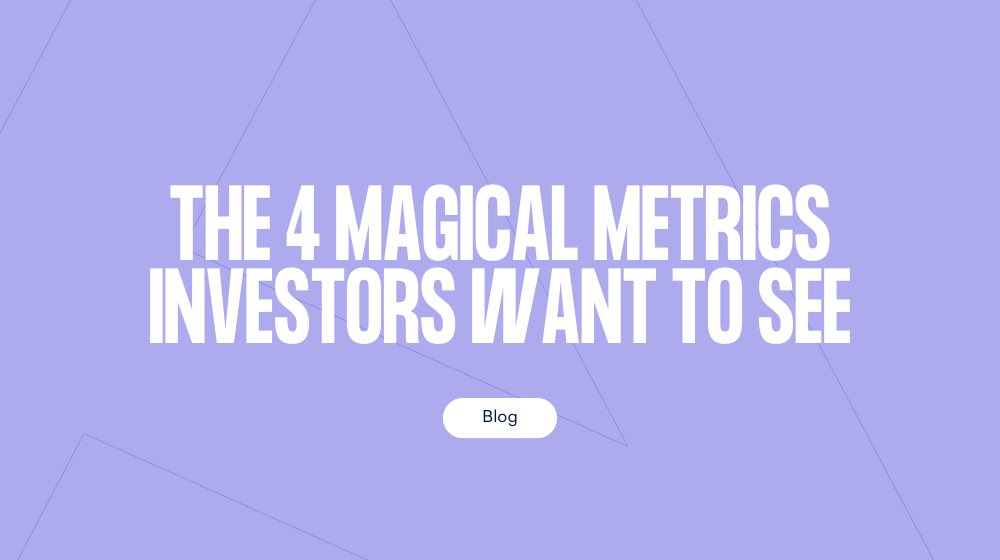This marketing metrics blog was inspired earlier this month when we reviewed our client sprint boards. A common key diary marker across all clients is board meetings with investors. We often work closely with clients to have their campaign reporting data ready to go ahead of these deadlines.
As measurement is something we're often asked about, we thought we would share some of our thoughts.
Our friends at HubSpot created a great article and cheat sheet : The 6 Key Marketing Metrics Your CEO Actually Cares About which provided inspiration and it was from here we thought we’d quickly pull together our top metrics we see investors interrogating and therefore the ones portfolio companies need to be ready to answer questions on:
CAC – Customer Acquisition Cost
How much does it cost to acquire a customer? Not a lead. A customer. So looking at your total marketing spend and divide this by the number of customers you have acquired in that period will give you a figure that you will look to decrease month-on-month.
Ratio of LTV to CAC
So we’ve worked out how much it costs to acquire a customer above, now we need to see how that stacks up against the average customer lifetime value (LTV).
There are a number of ways to work out LTV, but we often use the one taken from HubSpot and take the revenue a customer pays you in a period, subtract out the gross margin, and then divide by the estimated churn percentage (cancellation rate) for that customer. So, for a type of customer who pays you £100,000 per year where your gross margin on the revenue is 70%, and that customer type is predicted to cancel at a rate of 16% per year, then the LTV is £437,500.
Now, once you have the LTV and the CAC, you compute the ratio of the two. If it cost you £100,000 to acquire this customer with an LTV of £437,500, then your LTV:CAC is 4.4 to 1.
LTV divided by Cost of Aquisition = CAC
For growing SaaS companies, most investors and board members want this ratio to be greater than 3X because a higher ratio means your sales and marketing teams have a higher ROI, so if you scale that, you can scale your MRR.
Net new MRR (Monthly recurring revenue) Growth Rate
Depending on how close your investors sit with the business then a monthly snapshot of net new MRR is probably the best indicator of growth. MRR changes as new revenue is secured or customers churn, reduce spend, or increase spend. Net MRR Growth Rate shows the net variation of those factors from month-to-month. This is a key metric which shows how fast the company is growing and is the bedrock of a healthy business.
Businesses with an annual revenue of say £2m or less will have higher growth rates, and in our experience working with SaaS clients, averages fall between 20% - 50% for year-on-year growth.
CRR – Customer Retention Rate
The big one for SaaS. The real test is keeping and growing customers. This metric will be owned by your customer success team but it’s a marketing metric none the less. A sale is never complete in SaaS business and there is a job to be done from on-boarding into the future to ensure value is experienced. Often communicated as a percentage month-on-month this is simply the number of customers that were with us last month vs today.
One quick caveat to finish this article is the fact that as a marketeer or leader you’ll need to make sure you focus on the metrics that matter, and these will vary for different types of campaigns and stages that you are at in the growth cycle, however if you focus on understanding your metrics with your investor, you won’t go far wrong.
Case Study: See how we set up a sales and marketing engine for Peak AI



